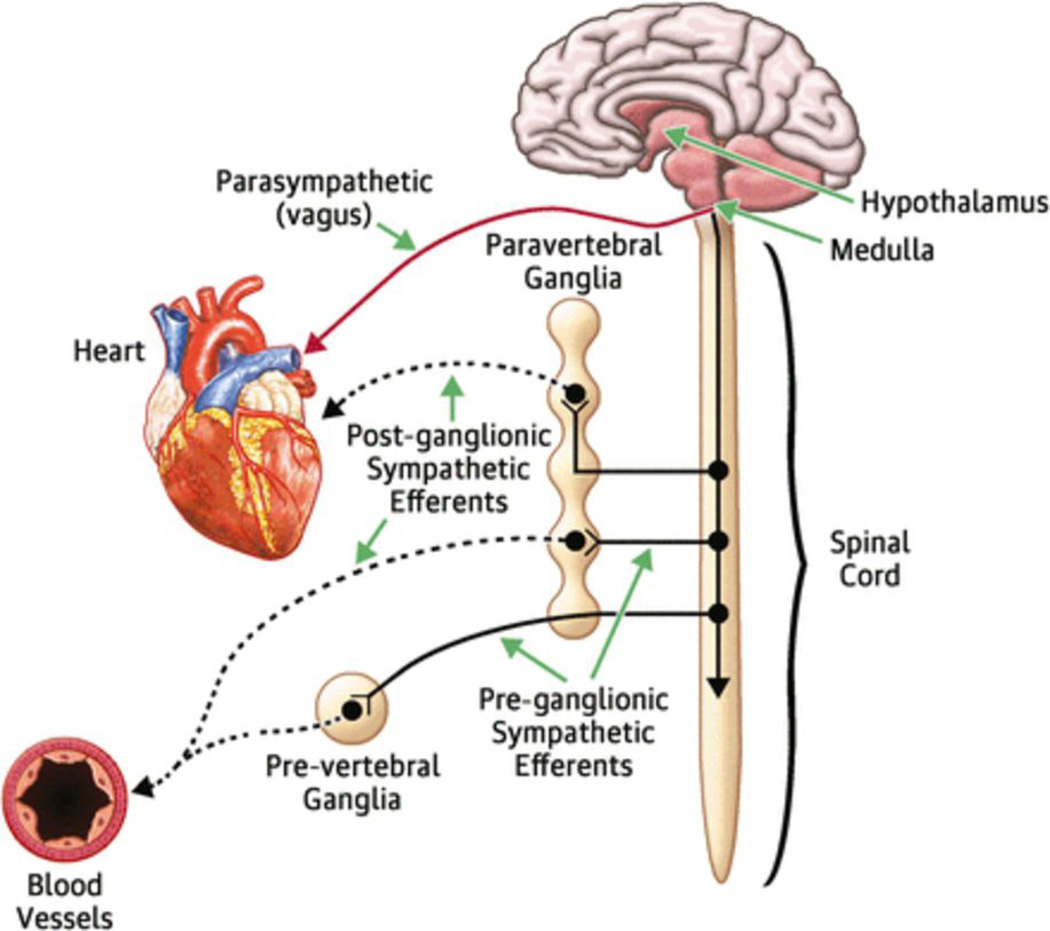Figure 2. Effects of sympathetic nervous system activation.
Increased sympathetic nervous system (SNS) activity contributes to the pathophysiology of heart failure through multiple mechanisms involving cardiac, renal, and vascular function. In the heart, increased SNS outflow leads to desensitization of the βAR, myocyte hypertrophy, necrosis, apoptosis, and fibrosis. In the kidneys, increased sympathetic activation induces arterial and venous vasoconstriction, activation of the RAAS, increase in salt and water retention, and an attenuated response to natriuretic peptides. In the peripheral vessels, increased SNS activity induces neurogenic vasoconstriction and vascular hypertrophy. (From Hassefuss, G. & Mann, D.L. Pathophysiology of heart failure in Braunwald's Heart Disease: A Textbook of Cardiovascular Medicine (Mann, D.L., Zipes, D., Libby P.L. & Bonow, R.L.) 454–472 (Elsevier/Saunders, 2014). βAR, β-adrenergic receptors; RAAS, renin–angiotensin–aldosterone system.

